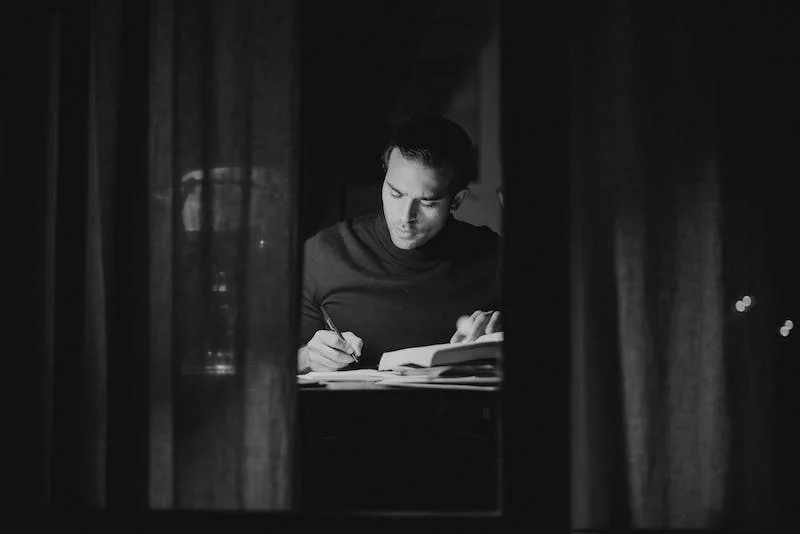
Beat Culture
Jack Kerouac
Marijuana has been an integral part of Beat culture, a literary and social movement that emerged in the United States during the 1950s. The Beat generation, led by writers such as Jack Kerouac, Allen Ginsberg, and William S. Burroughs, embraced a non-conformist and anti-establishment lifestyle that rejected the values of mainstream society. Marijuana played a significant role in their counterculture, serving as a symbol of rebellion, creativity, and spiritual enlightenment.
Marijuana, or “pot” as it is commonly called, was seen as a means of escaping the constraints of conformity and experiencing a heightened sense of consciousness. Many Beat writers used marijuana as a tool for creativity, claiming that it helped them tap into their innermost thoughts and feelings. For example, Allen Ginsberg’s iconic poem “Howl” was written under the influence of marijuana, and he credited the drug with helping him to break down the barriers of his own consciousness and explore the depths of his emotions.

In addition to its creative benefits, marijuana was also seen as a means of achieving spiritual enlightenment. Beat writers were drawn to Eastern philosophy and meditation, and marijuana was often used as a tool for achieving a state of heightened awareness and transcendence. William S. Burroughs, in particular, was a strong proponent of the use of marijuana and other mind-altering drugs as a means of achieving spiritual enlightenment and breaking free from the constraints of mainstream society.
Marijuana also played a role in the social dynamics of the Beat generation. It was often used as a means of bonding and community building, with Beat writers gathering in informal settings to share a joint and discuss their ideas and experiences. Marijuana was seen as a means of creating a sense of shared experience and camaraderie, helping to build the close-knit communities that characterized the Beat movement.
Despite its association with the counterculture of the 1950s and 60s, marijuana remains a controversial topic today. While many people view it as a harmless recreational drug, others argue that its use can have negative health and social consequences. However, the role of marijuana in Beat culture remains an important part of its history and legacy, serving as a symbol of the movement’s rejection of mainstream values and embrace of alternative forms of creativity, spirituality, and social connection.
In conclusion, marijuana played a significant role in the Beat culture of the 1950s and 60s, serving as a tool for creativity, spirituality, and social bonding. While its use remains controversial, it remains an important part of the legacy of the Beat generation, embodying the movement’s rejection of mainstream values and embrace of alternative forms of expression and social connection.